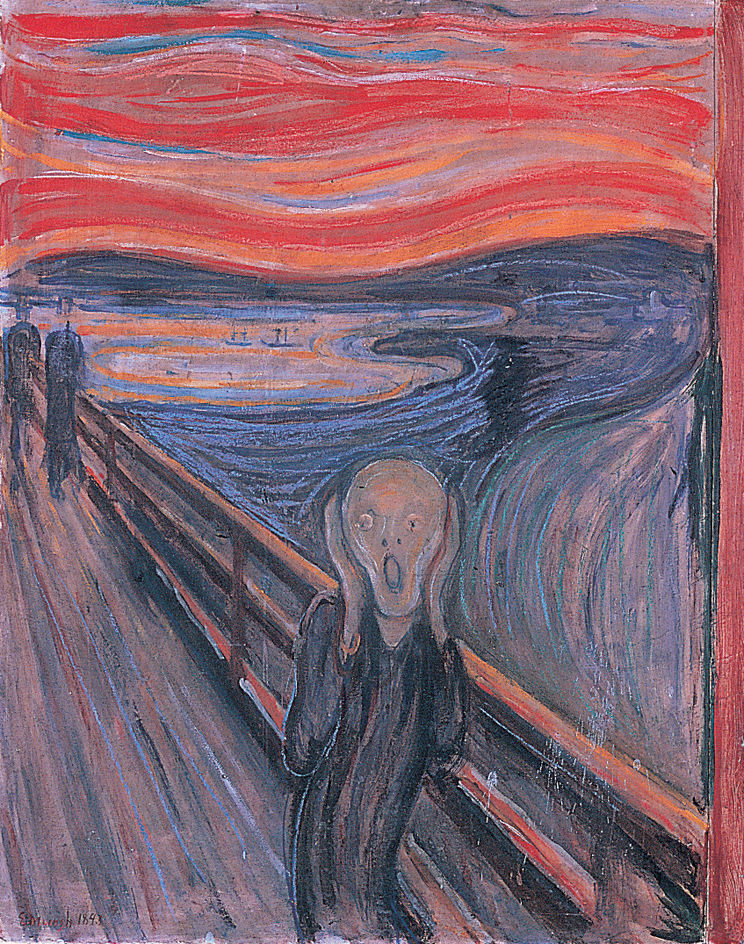Munch, << moongk, >> Edvard (1863-1944), was a Norwegian artist. His most important works show individuals as helpless, isolated, and tormented by emotions.

Munch was born on Dec. 12, 1863, in Loten, near Oslo. His early paintings often deal with morbid themes linked to his frequent experiences with illness and death as a child. In 1889 he moved to Paris. There he learned how to express his ideas through line, color, and figure distortion from the style of such French artists as Paul Gauguin. Munch explored difficult relationships between men and women in works from 1892 to 1908 while he lived in Germany. Many of these works vividly express an emotion, such as fear, jealousy, a terrifying sense of isolation, or sexual desire. They rank among the earliest examples of expressionism, an art movement that attempts to convey the individual’s inner feelings (see Expressionism). Munch returned to Norway in 1909. His late work became more realistic and less concerned with disturbing themes.
Munch was a talented printmaker. His woodcuts and lithographs were essential to the revival of graphic art that took place in the late 1800’s. Munch was especially skillful with color prints. He died on Jan. 23, 1944.
